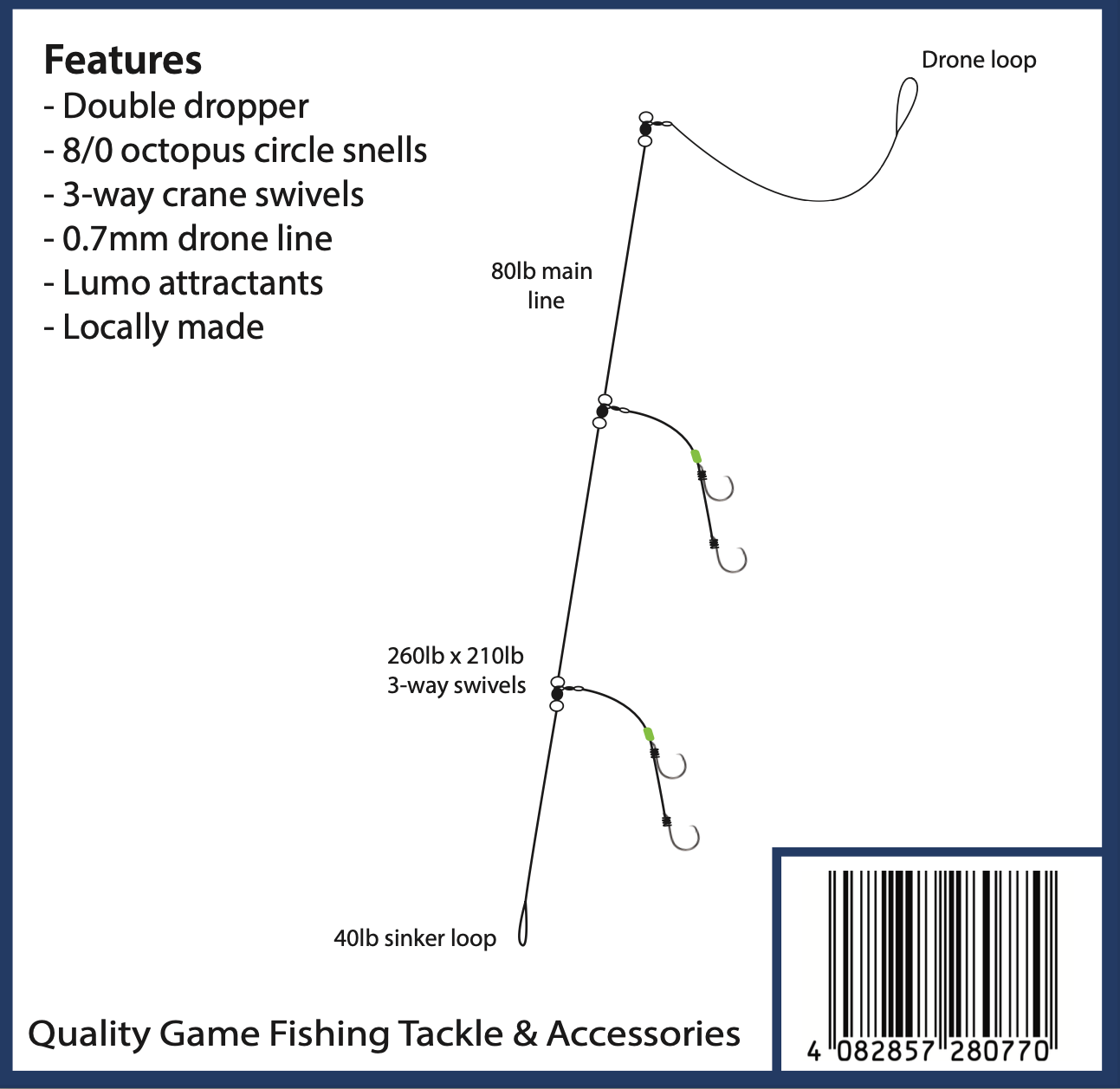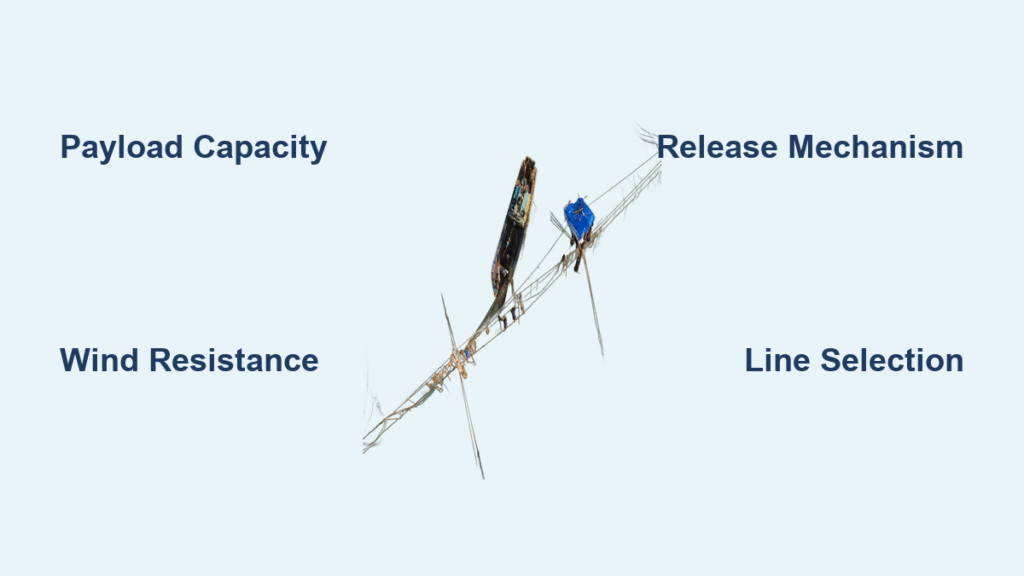Picture this: you’re standing on the beach watching your drone soar 400 meters offshore while carrying your bait to that perfect fishing spot you spotted from the air. No more casting limitations. No more unreachable honey holes. This is how to drone fish—the game-changing technique that’s revolutionizing how anglers access prime fishing locations from shore.
Whether you’re struggling to reach distant reefs or tired of watching fish feed just beyond your casting range, drone fishing opens up a world of possibilities. This guide walks you through everything from choosing your first fishing drone to executing perfect bait drops that’ll have you hauling in species you never thought possible from the beach. Forget everything you thought you knew about shore-based angling—your drone is about to become your most valuable fishing partner.
Essential Drone Fishing Equipment

Core Drone Requirements
Your drone isn’t just a flying camera anymore—it’s your fishing partner. Payload capacity stands as the most critical specification, as you’ll need to reliably transport baited rigs weighing 6-8 ounces plus the weight of your line. Look for drones rated for at least 1 pound of payload to ensure stable flight even in coastal breezes. This buffer accounts for unexpected wind gusts that could otherwise compromise your flight.
Wind resistance varies dramatically between consumer and professional models. The DJI Mavic Pro handles moderate winds well, while the Phantom 3 Pro offers excellent stability for beginners. For ultimate peace of mind over water, the Splashdrone 3 provides full waterproofing—because eventually, every drone fishing setup takes an unexpected swim. When saltwater claims your drone, waterproofing means the difference between a quick recovery and a total loss.
Battery endurance determines how many drops you can make per session. Plan for 15-20% reserve capacity after each deployment to ensure safe return flights. Nothing ruins a fishing trip like watching your drone auto-land in 6-foot swells because you pushed the battery too far. For serious drone fishing, invest in at least two spare batteries to maximize your time on the water.
Release Mechanism Systems
Servo-controlled clips represent the gold standard for precision bait drops. These electronic release systems activate via your drone’s auxiliary channel, allowing pinpoint accuracy when you spot fish from above. Commercial solutions from dronefishing.com offer plug-and-play reliability, while DIY alternatives using modified downrigger releases work for budget-conscious anglers. The key is consistent performance—you don’t want your release mechanism failing when a trophy fish is on the line.
Dropper mechanisms must balance security during flight with reliable release at target. Test your setup thoroughly before hitting the water—dropping a $50 bait rig due to premature release stings almost as much as losing your drone. Check that your release mechanism doesn’t create unnecessary drag or interfere with your drone’s flight stability.
Fishing Gear Specifications
Your rod choice significantly impacts success rates. Boat rods and spinning rods outperform surfcasters for drone fishing due to their lighter tips and faster action. These rods provide better sensitivity when fighting fish at extreme distances while maintaining the backbone needed for heavier sinkers. Look for rods with sensitive tips that can detect subtle bites transmitted through hundreds of meters of line.
Line selection makes or breaks long-distance presentations. 50-100 pound braided line dramatically outperforms monofilament for drone applications. The reduced diameter cuts through wind resistance, increases spool capacity for 400+ meter deployments, and provides superior sensitivity for detecting subtle bites at distance. Braided line also resists abrasion better when dragging across rocky bottoms.
Rig construction follows specific drone-optimized patterns:
– Sand sinkers: 6-ounce standard, adjustable based on drone payload limits
– Hook configurations: 1-14 hooks depending on target species and local regulations
– Drop line: 400-500mm leader length prevents propeller entanglement during deployment
Pre-Flight Setup and Safety
Weather Assessment Protocol
Before launching, evaluate wind conditions against your drone’s specifications. Most consumer drones operate safely in winds up to 25 mph, but coastal gusts often exceed this threshold. If whitecaps form on the water, reconsider your timing—your drone won’t handle those conditions well. Check the marine forecast for sudden weather changes that could catch you off guard.
Battery verification extends beyond the drone itself. Ensure full charges on:
– Drone battery (100%)
– Remote controller (100%)
– Smartphone/tablet (minimum 80%)
– Spare batteries (if available)
Equipment Checklist
Pack waterproof containers for electronics protection. Salt spray destroys unprotected gear faster than you can say “fish on.” Include microfiber cloths for lens cleaning and desiccant packs for moisture control. A small first-aid kit is also wise—you’re often far from help when drone fishing.
Safety perimeter establishment prevents accidents during takeoff and landing. Clear a 20-foot radius of people, pets, and obstacles. Remember: spinning propellers and fishing line create disastrous combinations. Always maintain visual line of sight with your drone—don’t rely solely on the screen.
Deployment Techniques That Work
Gradual Ascent Method
Slow, steady climbs prevent line snarls and maintain visual contact with your drone. Ascend at 45-degree angles rather than straight up, allowing line to peel smoothly from your reel. Watch for line loops or tangles during initial lift-off—these often indicate your drag is set incorrectly.
Reel control requires constant attention. Maintain slight tension on the line—too loose creates tangles, too tight stresses your drone. Develop a feel for the optimal balance through practice sessions in open areas before attempting actual fishing. Your thumb should be ready to apply pressure to the spool at a moment’s notice.
Target Acquisition Strategies
Visual spotting works best in clear conditions. Look for:
– Bird activity indicating baitfish concentrations
– Color changes suggesting reef or structure
– Breaking fish or surface disturbances
GPS waypoint fishing enables repeat visits to productive spots. Mark successful drop locations using your drone’s GPS system, creating a personal database of honey holes for future sessions. This is especially valuable when targeting seasonal species that return to the same locations year after year.
Precision Drop Execution
Release timing determines success rates. Activate your drop mechanism 2-3 seconds before reaching target to account for drift and wind effects. Practice this timing with weighted practice rigs before using expensive bait. The difference between dropping directly on target and missing by 10 meters can mean the difference between catching and going home empty-handed.
Multiple drop patterns maximize coverage. After initial drop, fly 50-100 meters upcurrent and repeat, creating a bait trail that covers different depths and areas. This technique is particularly effective when targeting schooling fish that move through an area.
Common Drone Fishing Mistakes

Technical Failures to Avoid
Line entanglement ruins more drone fishing trips than any other issue. Prevent this through:
– 400-500mm minimum drop line length
– Pre-flight line inspection for knots or damage
– Avoiding rapid direction changes during flight
Battery mismanagement causes countless drone losses. Track flight time obsessively—when in doubt, bring it home. Losing a $1,500 drone to save a $20 bait rig never makes sense. Set a timer on your phone as a backup to your drone’s battery indicator.
Operational Errors
Overloading your drone strains motors and reduces flight stability. Stay 20% under maximum payload capacity. This buffer accounts for wind resistance and unexpected conditions. Better to make multiple trips with lighter loads than risk a catastrophic failure mid-flight.
Ignoring weather changes creates dangerous situations. Coastal weather shifts rapidly—what started as perfect conditions can deteriorate within minutes. Monitor forecasts and err on the side of caution. If you wouldn’t take a small boat out, don’t fly your drone over water.
Equipment Maintenance Essentials
Post-Flight Care
Salt water exposure demands immediate attention. After each session:
1. Rinse drone with fresh water (avoid direct spray on motors)
2. Dry thoroughly with microfiber cloths
3. Inspect propellers for nicks or damage
4. Check release mechanism for corrosion
Storage protocols prevent long-term damage. Store drones in climate-controlled environments with desiccant packs. Remove batteries for separate storage at 50% charge to maximize lifespan. Never store your drone fully charged or completely drained.
Component Replacement Schedule
Propellers: Replace every 50 flight hours or immediately after any impact
Batteries: Expect 300-500 charge cycles in marine environments
Release mechanisms: Annual replacement for critical components
Mastering the Learning Curve
Skill Development Phases
Phase 1 (Weeks 1-2): Focus on basic line transportation in open areas. Master takeoff, flight, and landing without fishing pressure. Practice simple maneuvers until you can fly confidently without constantly checking the screen.
Phase 2 (Weeks 3-4): Add bait drops to your routine. Start with inexpensive practice rigs and work toward consistent accuracy. This is where most beginners struggle—don’t get discouraged by early misses.
Phase 3 (Month 2+): Integrate fish-finding and bait placement. Develop your personal system for reading water and targeting species. This is where drone fishing transitions from a novelty to a serious fishing technique.
Family Integration Benefits
Drone fishing eliminates casting skill barriers, making it perfect for family outings. Kids can participate by spotting fish from drone footage while adults handle deployment. The technique also enhances safety by keeping everyone on shore rather than wading into dangerous surf. It’s the ultimate equalizer—experienced anglers and beginners can contribute equally to the day’s success.
Final Note: Drone fishing transforms shore-based angling from a limited activity to an adventure with virtually unlimited potential. Start with the right equipment, master the fundamentals, and respect both the technology and the environment. Before long, you’ll be accessing fishing spots previously reserved for boat owners—all from the comfort of the beach. Your next trophy catch might be just a drone flight away.



